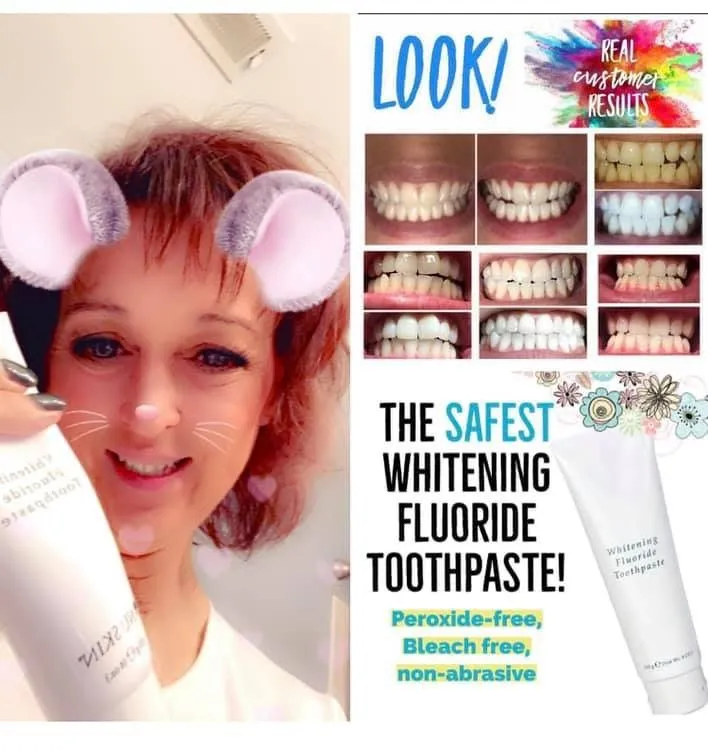Understanding Whitening Toothpaste and Braces
Embarking on the journey of orthodontic treatment with braces often brings the aspiration of a brighter, more confident smile. Many individuals concurrently consider incorporating whitening toothpaste into their oral hygiene routine to accelerate this process. However, it is critical to fully understand the interaction between whitening toothpaste and braces before integrating them. Whitening toothpastes work primarily through the use of abrasive agents or mild bleaching components, such as hydrogen peroxide. These elements are designed to eliminate surface stains, therefore enhancing the overall brightness of the teeth. When braces are involved, this process becomes significantly more complex. The presence of brackets and wires creates unique challenges, potentially affecting the effectiveness and safety of whitening toothpaste. Understanding the science behind these products and how they interact with orthodontic appliances is the first step towards achieving the desired results without compromising oral health.
How Whitening Toothpaste Works
Whitening toothpastes primarily work by two main mechanisms abrasion and chemical reaction. Abrasive toothpastes contain polishing agents such as hydrated silica or calcium carbonate. These agents gently scrub the tooth surface to remove extrinsic stains caused by food, drinks, and tobacco use. The abrasive action effectively eliminates surface discoloration, making the teeth appear whiter. On the other hand, some whitening toothpastes include mild bleaching agents, such as hydrogen peroxide or carbamide peroxide. These chemicals penetrate the enamel to lighten the internal tooth structure. This chemical reaction breaks down stain molecules, leading to a brighter overall appearance. While both methods can improve the whiteness of your teeth, they may present unique challenges when braces are present. Understanding these mechanisms is vital for making informed decisions about your oral care routine during orthodontic treatment.
Potential Risks of Whitening Toothpaste with Braces
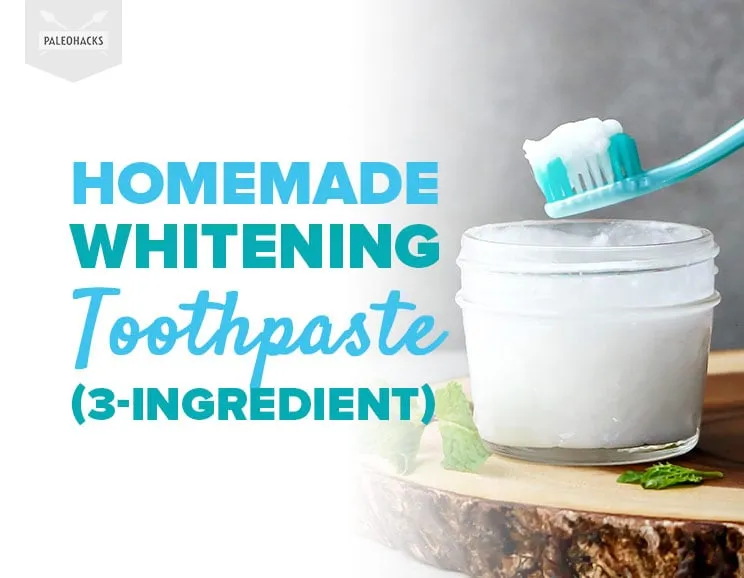
While the idea of whitening your teeth while undergoing orthodontic treatment is tempting, there are potential risks associated with using whitening toothpaste with braces. One significant concern is uneven whitening. Braces cover portions of the tooth surface, preventing the whitening agents from reaching these areas. This can result in a noticeable contrast between the areas covered by brackets and the exposed enamel, leading to an uneven appearance. Furthermore, the abrasive nature of some whitening toothpastes could potentially damage the enamel, particularly around the brackets, increasing the risk of sensitivity and even the formation of white spots, which are areas of demineralization. Additionally, the effectiveness of whitening toothpaste may be compromised by the presence of braces, as the appliances can trap the toothpaste, hindering its ability to effectively remove stains. It is essential to consider these risks and consult with your orthodontist before incorporating whitening toothpaste into your routine.
Staining around Braces
Staining around braces is a frequent concern for individuals undergoing orthodontic treatment. Food particles, drinks, and plaque can accumulate around brackets and wires, leading to discoloration. The presence of braces complicates oral hygiene, making it more difficult to thoroughly clean the teeth and prevent staining. This discoloration can manifest as yellowing or brown stains, particularly around the brackets and along the gum line. Drinks like coffee, tea, and dark sodas are notorious for causing stains. Moreover, the adhesives used to bond brackets to the teeth can also be prone to discoloration, which can be further exacerbated by poor oral hygiene practices. Effectively addressing and preventing staining around braces requires diligent brushing, flossing, and the possible use of specific oral hygiene aids, as recommended by your orthodontist. Taking preventative steps to minimize staining is critical for maintaining both the health and aesthetic appearance of your teeth during treatment.
Best Practices for Braces Users
For those undergoing orthodontic treatment with braces, implementing a comprehensive oral hygiene routine is essential. This should start with brushing at least twice daily, using a soft-bristled toothbrush, to gently clean around the brackets and wires. Flossing is equally critical, as it helps remove food particles and plaque from those hard-to-reach areas. Consider using floss threaders or interdental brushes for enhanced cleaning. Regular dental checkups and professional cleanings are also indispensable; the dental hygienist can remove plaque and tartar build-up and identify potential issues early. Furthermore, carefully choosing the right toothpaste is important, look for a toothpaste with fluoride to protect against tooth decay. In addition, limiting sugary snacks and drinks, which can contribute to the formation of plaque and increase the risk of cavities. Adhering to these best practices can help maintain optimal oral health and contribute to a positive orthodontic experience.
Choose the Right Toothpaste

Selecting the right toothpaste is an important decision during orthodontic treatment. Opting for a toothpaste that contains fluoride is a great start, as it aids in strengthening the enamel and protecting against cavities. When it comes to whitening toothpastes, consult your orthodontist before making a decision, since some abrasive types could cause harm. Look for toothpastes specifically designed for braces, as these often contain gentle cleaning agents that are effective without being overly abrasive. Consider brands that highlight their ability to remove stains without harming the enamel. Also, it is essential to pay attention to the ingredient list. Avoid toothpastes with high concentrations of abrasive substances, such as silica, which could potentially damage the enamel. Instead, focus on products with lower abrasion levels and ingredients that promote oral health, such as stannous fluoride. Your orthodontist or dentist can provide personalized recommendations based on your specific needs and the type of braces you have.
Proper Brushing Technique
The effectiveness of your oral hygiene routine relies on proper brushing technique. Hold your toothbrush at a 45-degree angle to your gum line and brush in gentle, circular motions to clean each tooth surface. When wearing braces, it is critical to pay careful attention to the areas around the brackets and wires, where food particles can accumulate. Brush each tooth individually, ensuring you reach every surface including the front, back, and chewing surfaces. Consider using a specialized orthodontic toothbrush, which often has V-shaped bristles designed to clean around braces more effectively. It is equally essential to brush for at least two minutes, allocating ample time for each quadrant of your mouth. Make sure that you replace your toothbrush every three months, or sooner if the bristles become frayed. Diligent and thoughtful brushing is pivotal in maintaining oral health and getting the best results from your orthodontic treatment.
Rinse Thoroughly
Rinsing thoroughly after brushing is a key element in maintaining optimal oral health, especially when you have braces. After brushing, rinse your mouth thoroughly with water to eliminate any remaining toothpaste and dislodged debris. For added protection, consider using an antimicrobial mouthwash to help eliminate bacteria and freshen your breath. Be sure to follow the manufacturer’s instructions and consult with your orthodontist about the best mouthwash for your specific needs. Rinsing helps remove any leftover food particles and toothpaste residue that could lead to plaque buildup or discoloration. A thorough rinse contributes to cleaner teeth, fresher breath, and a reduced risk of cavities and gum disease. This is an easy, yet essential step that should be incorporated into your daily routine.
Consider Professional Whitening Options
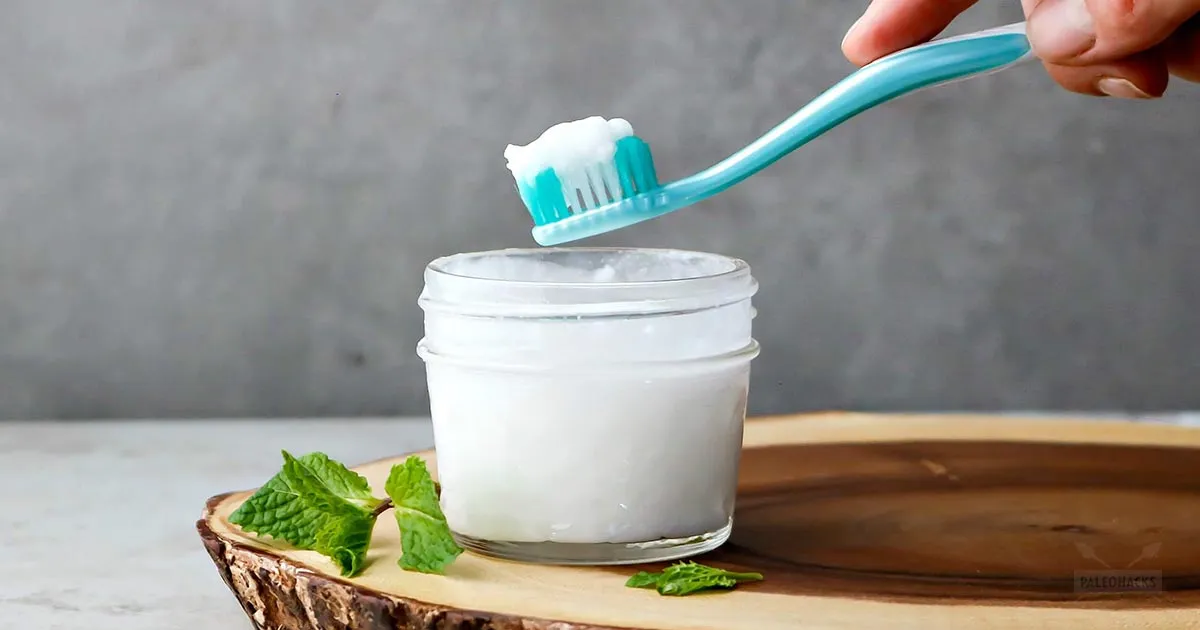
While over-the-counter whitening products have their place, professional teeth whitening is often the most effective and safest choice, especially during orthodontic treatment. Your dentist can perform in-office whitening procedures using stronger bleaching agents that are carefully applied to the teeth. They can also provide custom-fitted trays for at-home whitening treatments, which can be designed to fit precisely around your braces. Professional whitening offers several advantages, including more dramatic results and better control over the process. A professional can accurately assess your teeth and gums to ensure they are healthy enough for whitening and to avoid potential issues, such as sensitivity. Additionally, they can monitor your progress and adjust the treatment plan as needed. These treatments are best done after the braces are removed to ensure even whitening across the entire tooth surface. Consulting with your dentist or orthodontist about professional whitening options is a great way to achieve a brighter smile while undergoing orthodontic treatment.
When to Consult Your Orthodontist
Your orthodontist is your primary resource for all questions and concerns related to your braces and oral health. When you consider using whitening toothpaste, it is important to consult your orthodontist before starting. They can assess your specific needs, considering your type of braces, the condition of your teeth, and your overall oral health. They can also provide personalized recommendations on the best products and techniques to use, ensuring that you get optimal results without compromising your oral health. They can monitor your progress, identifying any potential issues, and adjust your oral hygiene routine as needed. You must have open communication with your orthodontist to maintain a healthy and attractive smile. Schedule regular check-ups with your orthodontist, follow their instructions carefully, and don’t hesitate to ask any questions or voice any concerns you may have.
Maintaining Oral Hygiene
Maintaining impeccable oral hygiene is more vital than ever when you have braces. Braces create additional surfaces where plaque and food particles can accumulate, increasing the risk of cavities and gum disease. Brushing and flossing diligently after every meal is fundamental, removing any trapped debris and keeping your teeth and gums clean. Use a soft-bristled toothbrush and brush for at least two minutes, making sure to reach every surface of each tooth. Flossing is equally critical, and you should consider using floss threaders or interdental brushes to access those difficult-to-reach areas. Rinse your mouth thoroughly with water or an antimicrobial mouthwash after brushing and flossing. In addition, make sure you schedule regular dental check-ups and professional cleanings. Your dentist can help you identify potential issues early on and provide customized care, ensuring you maintain a healthy smile during your orthodontic treatment and beyond. A well-maintained oral hygiene routine is the foundation of a beautiful, healthy smile.
Cleaning Around Brackets
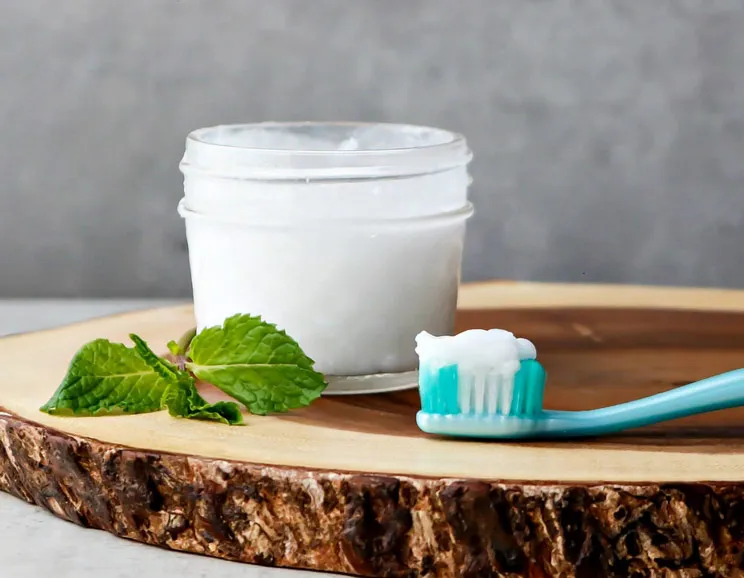
Effectively cleaning around brackets is essential for maintaining optimal oral hygiene when wearing braces. Food particles and plaque can accumulate easily around brackets, increasing the risk of staining, cavities, and gum disease. Using specialized tools like interdental brushes or floss threaders is a great start; these tools can effectively clean around the brackets and wires that regular brushing and flossing may miss. When brushing, hold the toothbrush at a 45-degree angle to the gum line and brush in gentle, circular motions, making sure you clean around each bracket and wire. Take your time and focus on each tooth individually, reaching all surfaces. Be sure you rinse thoroughly after brushing and flossing to remove any remaining debris. Making sure that you commit to diligently cleaning around your brackets, is a great way to ensure that you maintain a healthy and beautiful smile throughout your orthodontic journey.
Dietary Considerations
Dietary choices play a vital role in the health of your teeth and braces. Certain foods and beverages can cause stains, increase the risk of cavities, and even damage your orthodontic appliances. Limiting your consumption of sugary snacks and drinks, such as candies, sodas, and juices, is a great place to start, as these contribute to plaque buildup and increase the risk of tooth decay. Avoiding sticky or hard foods that can dislodge brackets or damage wires, is also important. Instead, choose a diet rich in nutritious foods like fruits, vegetables, lean proteins, and dairy products. Eating foods high in fiber will help stimulate saliva flow, which can naturally clean your teeth. Be sure to rinse your mouth with water after consuming anything that could stain your teeth or damage your braces. Being mindful of your dietary choices will help protect your oral health, maintaining the integrity of your orthodontic appliances, and contributing to the success of your orthodontic treatment.
Foods and Drinks to Avoid
Avoiding certain foods and drinks can greatly help maintain both your oral health and the integrity of your braces. Foods and beverages that can stain the teeth, such as coffee, tea, red wine, and dark-colored sodas, should be consumed in moderation, or avoided altogether, particularly during orthodontic treatment. Sticky and hard foods, such as caramel, toffee, and hard candies, can easily get stuck in your braces or cause damage to the brackets and wires. Similarly, crunchy foods like raw carrots, apples, and popcorn can put excessive stress on your braces. If you do choose to consume them, make sure they are cut into small pieces. Highly acidic foods and drinks, such as citrus fruits and sports drinks, can erode tooth enamel and potentially increase the risk of tooth decay. Instead, focus on consuming teeth-friendly snacks and drinks like water, dairy products, and a variety of fruits and vegetables. Carefully choosing your diet can help keep your teeth and braces healthy, and keep you one step closer to that bright, beautiful smile.
The Importance of Regular Dental Checkups
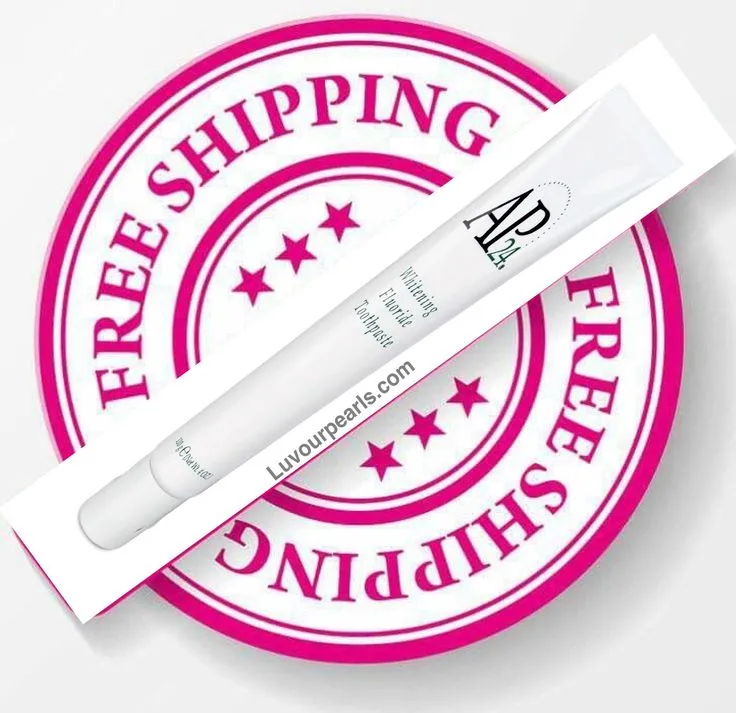
Regular dental checkups are crucial for maintaining optimal oral health, particularly when you have braces. Schedule appointments with your dentist every six months, or as recommended by your orthodontist. During these visits, your dentist will perform a comprehensive examination, checking for cavities, gum disease, and other potential issues. They will also professionally clean your teeth, removing plaque and tartar buildup that you might not be able to remove with brushing and flossing alone. Regular checkups give your dentist the chance to monitor your progress and provide personalized advice on your oral hygiene routine, braces care, and diet. They can also identify potential issues early on, enabling them to take preventive action. Make sure to communicate any concerns or questions you may have with your dentist. Regular dental checkups are a significant investment in your oral health, making your journey to a healthy and beautiful smile a success.
